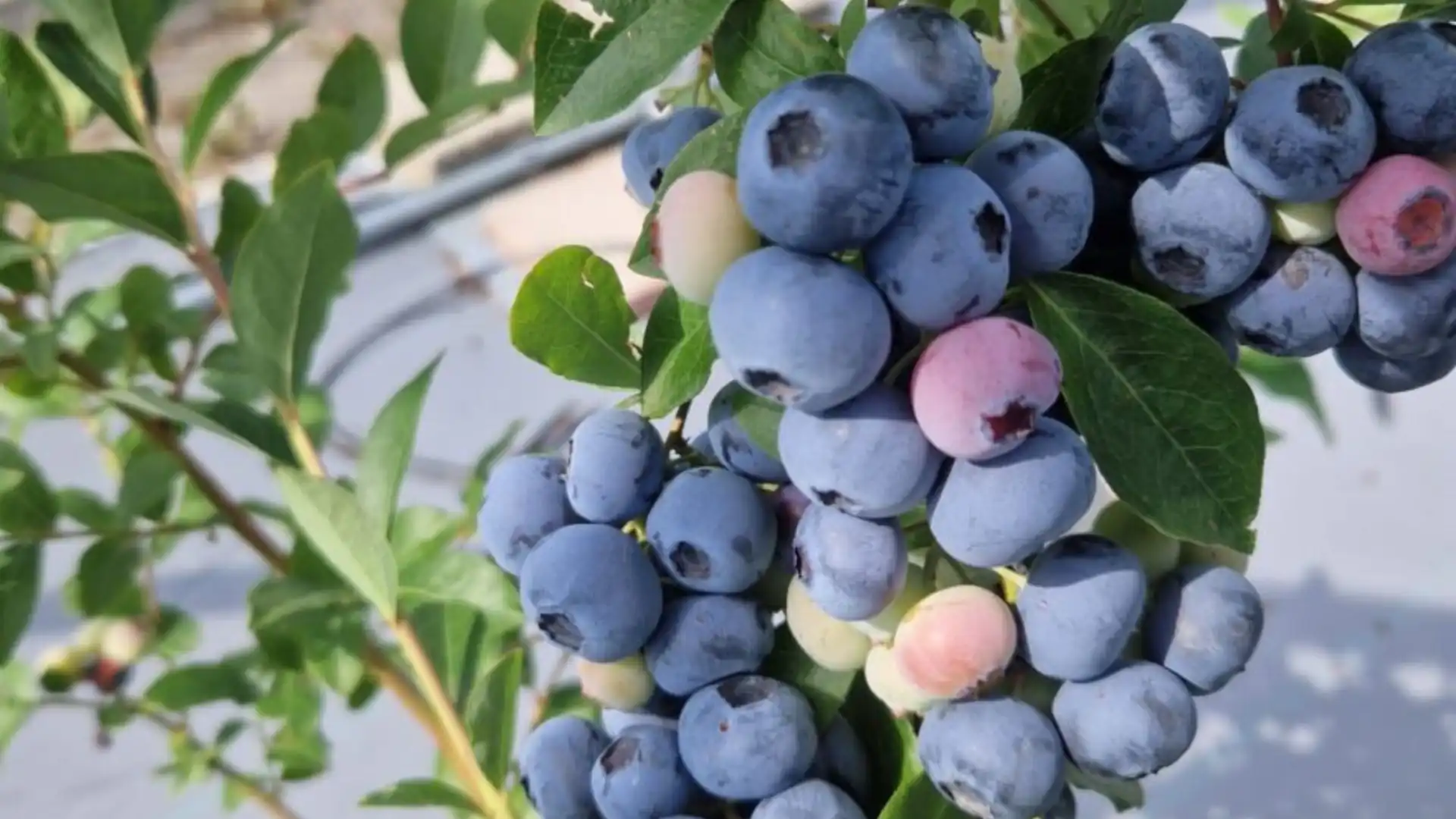Scientific research is constantly exploring new ways to promote well-being and tackle the challenges posed by neurodegenerative diseases, such as Parkinson’s.
In this context, interest is focusing on approaches that combine a healthy lifestyle with targeted nutrition. This is where physical activity and the consumption of plant-based foods rich in beneficial compounds—especially berries—come into play.
A recent study thoroughly investigated how the synergy between physical exercise and blueberry juice consumption may offer enhanced neuronal protection, going beyond the benefits provided by each element individually.
The importance of physical activity
Regular physical exercise has long been recognized as a fundamental pillar for overall health and, in particular, brain health.
Research has shown that physical activity is a promising therapeutic approach for the prevention and treatment of Parkinson’s disease.
In the study, four weeks of voluntary physical activity, carried out both before and after the induction of an experimental model of Parkinson’s disease, showed significant effects.
Exercise led to a reduction in behavioral deficits (such as amphetamine-induced rotations) and helped limit the loss of dopaminergic neurons in the substantia nigra, a key brain region affected by the disease.
These neuroprotective effects were associated with an increase in the glial cell line-derived neurotrophic factor (GDNF) in the striatum, a crucial protein that supports the survival and function of neurons.
The role of polyphenols
Blueberries are widely appreciated not only for their flavor, but also for their remarkable nutritional profile, as they are particularly rich in polyphenols.
These plant compounds are known for their antioxidant and anti-inflammatory properties, making them attractive for health-related research.
Interestingly, in the study, blueberry juice consumption alone did not show significant effects in improving behavioral deficits or neuronal degeneration in the Parkinson’s model.
However, it is in its combination with physical activity that its true protective potential is revealed.
The winning synergy
The most significant and promising result emerging from the research is that the combination of physical exercise and blueberry juice consumption produced superior neuroprotection compared to exercise alone.
This synergy led to a greater reduction in behavioral deficits and dopaminergic neurodegeneration in the nigrostriatal system.
A particularly intriguing aspect involves the modulation of GDNF, the neurotrophic factor.
While exercise alone was associated with increased GDNF levels in the striatum, the combination of exercise and blueberry juice induced a GDNF increase specifically in the substantia nigra.
This different regulation suggests that blueberry polyphenols may uniquely modulate or enhance protective mechanisms.
Conclusions and outlook
These findings clearly indicate that the polyphenols found in berries, and particularly in blueberries, can enhance the brain-protective effects of physical exercise.
This means that integrating these berries into an active diet is not only a healthy choice, but can act as a real amplifier of the benefits derived from exercise.
The data from this research reinforce the importance of an integrated approach to well-being, where diet and physical activity complement each other.
Berries, with their valuable polyphenol content, are confirmed as a key element in a modern, functional diet that actively contributes to brain health protection and maintenance.
This study highlights the strategic potential of berries not only as tasty foods, but as true nutritional allies, whose value can be maximized through intelligent combinations with an active, well-being-oriented lifestyle.
Source: Castro SL, Tapias V, Gathagan R, Emes A, Brandon TE, Smith AD. Blueberry juice augments exercise-induced neuroprotection in a Parkinson's disease model through modulation of GDNF levels. IBRO Neurosci Rep. 2022 Mar 7;12:217-227. doi: 10.1016/j.ibneur.2022.03.001. PMID: 35321527; PMCID: PMC8935512.
🫐 Wellness & Health with Berries 🍓This article is part of the editorial series Wellness & Health with Berries, which brings scientific research closer to everyday life, promoting berries as allies for well-being. The series offers clear, up-to-date, and evidence-based content designed to inform consumers and support all operators in the berry supply chain. |










